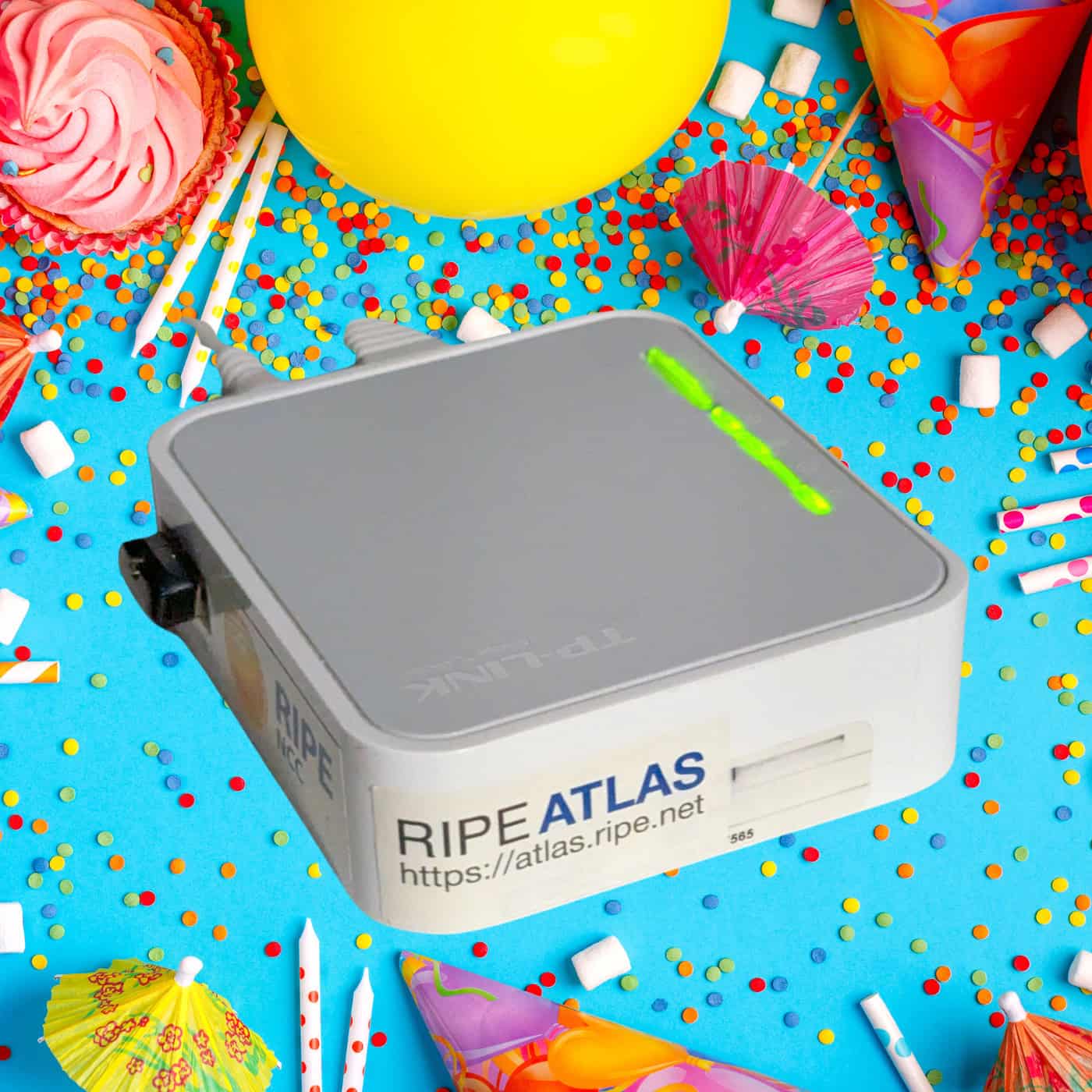ARIN (American Registry of Internet Numbers), the Regional Internet Registry (RIR) for Canada, the US, and parts of the Caribbean recently held it’s 31st Public Policy Meeting (PPM), dubbed ARIN 31. All meeting materials, including handouts, presentations, and video archives are now available on the ARIN website.
There were a total of four draft policies up for discussion at ARIN 31, two recommended draft policies:
- ARIN-2012-2: IPv6 Subsequent Allocations Utilization Requirement
- ARIN-2013-1: Section 8.4 Inter-RIR Transfers of ASNs
And two draft policies:
- ARIN-2013-2: 3GPP Network IP Resource Policy
- ARIN-2013-3: Tiny IPv6 Allocations for ISPs
NOTE: Recommended draft policies have the option of being sent to last call following the meeting and potentially recommended to the ARIN Board of Trustees (BoT) for adoption. Draft policies do not have this option and must be presented at a subsequent meeting as a recommended draft policy before advancing to last call.
There was also a general, if unofficial, update to the estimated ARIN IPv4 free pool exhaustion dates. It now appears that IPv4 free pool exhaustion will occur at ARIN in the Q4 2013 to Q2 2014 time-frame, with a possibility of exhaustion in Q3 2013. Read on for more details:
ARIN-2012-2: IPv6 Subsequent Allocations Utilization Requirement
This policy change would make it easier for ISPs to get more IPv6 space in certain scenarios. Specifically, the problem addressed is when an ISP has allocated almost all of their IPv6 address space to “serving sites” (this could be Headends, COs, PoPs, or whatever that ISP uses for aggregation) but has not assigned much of that space to customers. This policy allows ISPs in that situation to come back to ARIN and get additional space to turn up additional serving sites even though their actual utilization rate (customers actually using the addresses) might be very low.
The ARIN Advisory Council (AC) decided to send this draft policy to last call. The last call ends on 13 May, after which the AC will decide whether to recommend the policy to the BoT for adoption.
ARIN-2013-1: Section 8.4 Inter-RIR Transfers of ASNs
This policy change would allow Autonomous System Numbers (ASNs) to be transferred between organizations in different Regional Internet Registry (RIR) regions. ARIN policy already allows ASN transfers within the ARIN region.
The AC decided to keep this on the AC docket; it will be presented again at the NANOG/ARIN Public Policy Consultation (PPC) in early June.
ARIN-2013-2: 3GPP Network IP Resource Policy
This policy change seeks to lower the utilization threshold for mobile DHCP pools to 50%, as is the currently the case for fixed broadband (non-mobile) residential service providers.
The AC decided to keep this on the AC docket; it will be presented again at the NANOG/ARIN PPC in early June.
ARIN-2013-3: Tiny IPv6 Allocations for ISPs
This policy change would have allowed ISPs to request and receive a /40 initial allocation, as opposed to the current minimum size of a /36. The purpose of this change was to allow extremely small organizations to pay a smaller annual fee to ARIN by dropping them into the xx-small category in the new fee schedule, which is currently not possible with an IPv6 allocation.
The AC decided to abandon this draft policy with the following statement:
Based on the community’s input at ARIN 31 and on PPML the Advisory Council has abandoned ARIN-2013-3: Tiny IPv6 Allocations for ISPs. There was broad community consensus that /40 ISP allocations are technically undesirable, and that any desire for lower fees should be resolved within the fee structure itself, rather than by adapting policy to fit the current fee table.
ARIN IPv4 Free Pool Exhaustion Update
On Day One of ARIN 31, Leslie Nobile presented the “Policy Implementation and Experience Report” in which ARIN staff points out potential issues with policy to the ARIN community. This meeting’s report pointed out (on slide 12) that there are new organizations coming to ARIN for IPv4 addresses that are actually turning up customers in other areas of the world and that these organizations are rapidly increasing the amount of IPv4 address space they consume. When I asked about the scope of this trend, John Curran replied that:
This will probably become the dominant factor in our allocations with ‑‑ if we did a revised drawn‑out estimate based on the last month or two, it would pull it into potentially the first or second quarter of next year, with absolute certainty. It could be the end of this year with certainty. So we’re dealing in the ranges of very large blocks.
Tony Hain had collected this data the week before and created a projection based on the IPv4 address consumption trends of the past nine months. When I presented this data on Day Two of the meeting, John Curran confirmed that it was based on accurate data and that it is now possible that ARIN will likely run out of free IPv4 address space much sooner than recently thought:
At present, the last time we looked at depletion at ARIN, the rough approximations were 12 months to 16 months — 12 to 16 months out and that was two months ago. But we are seeing an enormous increase in demand recently from parties coming back; and as noted, when someone comes back, if they’re moving very quickly, they’ll get one bit larger for their next assignment. So there’s a potential that instead of having 12 to 16 months, we have four months before the free pool depletes if those two estimates are accurate.
Tony’s projection puts the exhaustion date in August of this year. You can find a bit more about this new projected exhaustion trend at ARIN in a recent post here on my blog.





